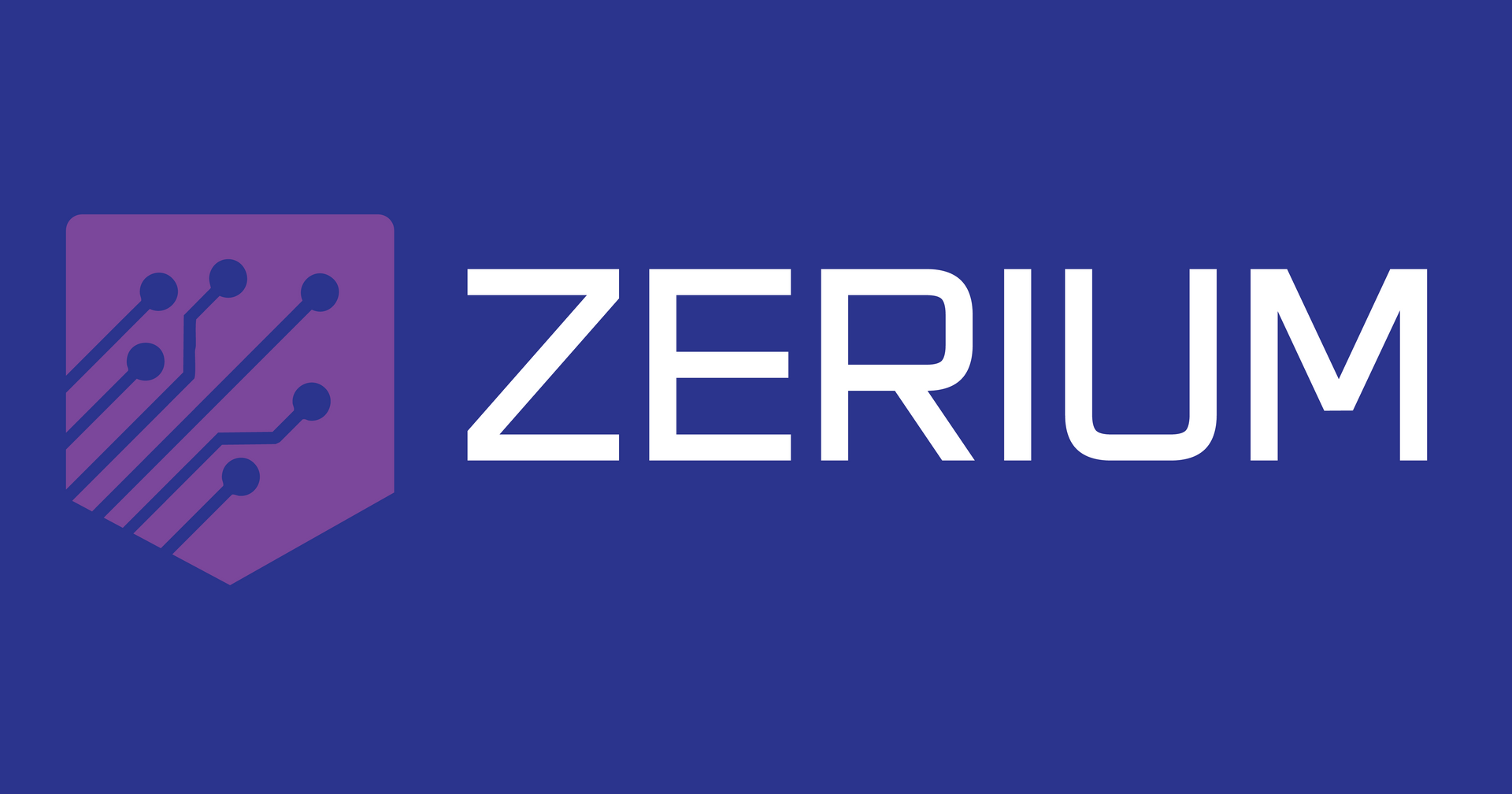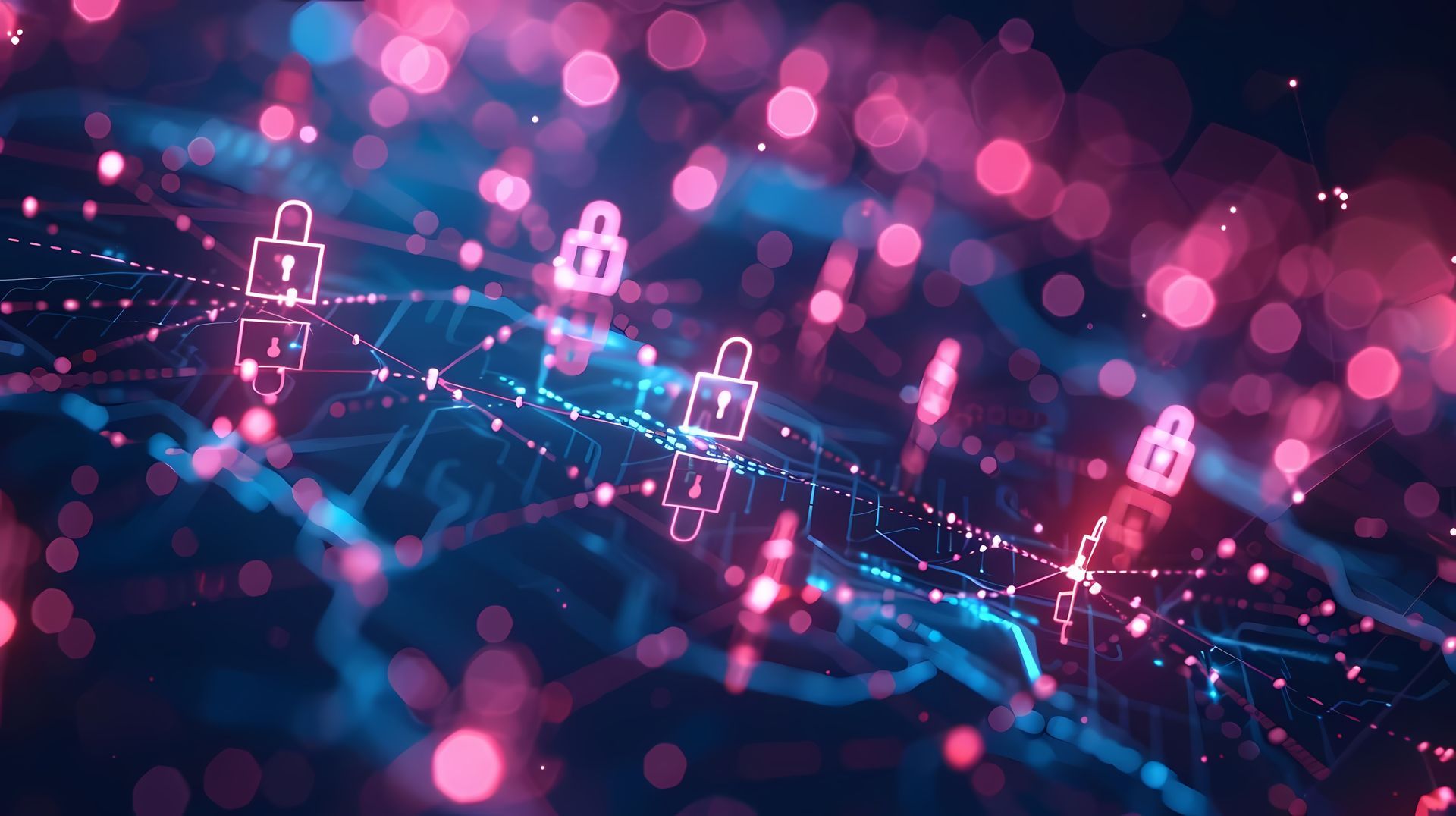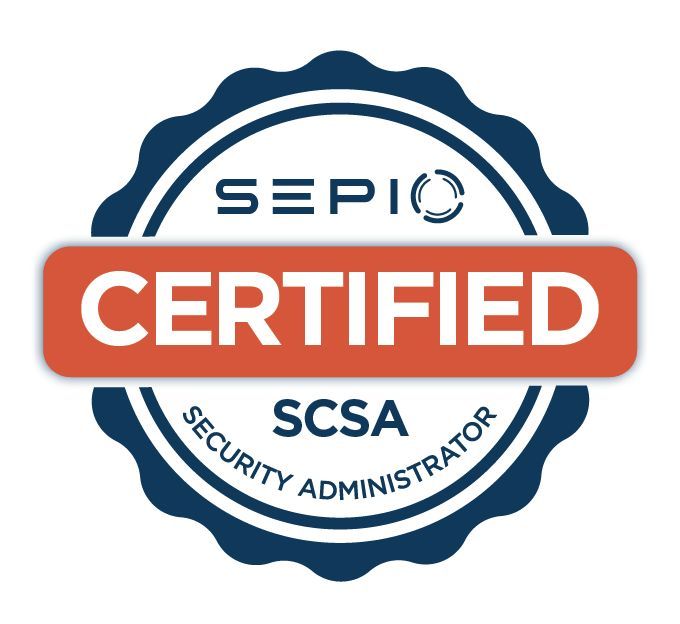The Infrastructure That Runs Nations Is Under Threat From energy grids and water utilities to transport networks and telecommunications systems, national infrastructure forms the foundation of daily life. These systems are becoming smarter, more connected, and more efficient—but also more vulnerable. As operators digitise operations and merge IT and OT environments, they open new pathways for attack.
While cybersecurity strategies in this sector have traditionally focused on network protection, access control, and physical security at the facility level, a critical blind spot remains: what devices are physically connected to your infrastructure, and can they be trusted?
A Blind Spot with Real-World Consequences
Infrastructure environments are often geographically distributed, operate with legacy systems, and rely on field engineers, subcontractors, and remote access to maintain uptime. This creates a challenge in monitoring and controlling the physical devices that connect to operational systems—especially when those systems are offline from central IT or have minimal oversight.
Rogue USB drives, tampered diagnostic equipment, or personal devices used by technicians may appear innocuous, but they can introduce malware, bypass authentication, or provide attackers with a direct path into sensitive control systems. These threats are stealthy, hardware-based, and notoriously difficult to detect using traditional cybersecurity tools.
Most endpoint protection, antivirus software, and network detection solutions rely on known signatures or network visibility to identify threats. But if a spoofed peripheral masquerades as a keyboard, or if a supply chain implant hides inside a cable, these tools may never even register its presence.
Sepio Offers a New Layer of Protection—The Physical Layer
Sepio’s Asset Risk Management (ARM) platform is purpose-built to close this gap. It delivers real-time visibility and control at the hardware layer, detecting every device connected to your systems based on its unique physical and electrical properties—not just declared identifiers like MAC addresses or device names.
This approach allows critical infrastructure operators to accurately identify, profile, and verify every piece of hardware, even in environments where visibility has traditionally been limited or non-existent.
Importantly, Sepio operates passively and without agents. This makes it well-suited to OT environments where downtime is not an option and where intrusive tools could disrupt safety or production systems.
Visibility That Builds Operational Resilience
For national infrastructure providers, resilience isn’t just about restoring systems after an incident—it’s about preventing incidents from occurring in the first place. With Sepio, organisations gain the ability to detect unauthorised or suspicious devices the moment they connect, preventing them from becoming persistent threats.
For example, in an energy substation, Sepio can alert operators if a contractor connects unvetted diagnostic tools. In a water treatment facility, it can detect a foreign USB device introduced into a SCADA system. In a telecom exchange, it can identify tampered networking gear during maintenance or upgrades.
These insights give teams the confidence that only trusted, verified hardware is present in the most sensitive parts of their operations—without relying on physical inspections or policy enforcement alone.
Supporting Frameworks and National Security Mandates
As infrastructure providers are increasingly required to meet national cybersecurity standards—such as the UK’s Cyber Assessment Framework (CAF), the NCSC's principles for critical systems, or international frameworks like NIST and CIS—Sepio provides measurable, actionable support.
By maintaining a real-time inventory of physical devices and generating alerts on anomalies, Sepio enables easier compliance and clearer reporting. It also supports the principles of Zero Trust Architecture, allowing organisations to treat all devices as untrusted by default unless verified by physical fingerprint.
Designed for Complex, High-Risk Environments
Sepio is ideal for environments where hardware changes frequently, where direct oversight is limited, and where IT and OT teams must work together without stepping on each other’s processes. It integrates with existing systems such as SIEMs and access control platforms, enhancing rather than replacing existing defences.
Its deployment is fast, frictionless, and non-disruptive—so visibility can be achieved without downtime or configuration headaches. And once in place, it offers assurance that what’s connected is exactly what it claims to be—and nothing more.
Defending the Nation Begins at the Edge
In an era where cyber-physical systems power entire countries, understanding what devices have access to your infrastructure is not a luxury—it’s a necessity. Attackers are becoming more sophisticated, but so must your defences.
Sepio enables national infrastructure providers to move beyond traditional cybersecurity and embrace device-level trust and control—securing the edge, hardening the core, and protecting the services we all rely on.
To learn how Sepio can be deployed in your operational environment, or to request a demo of its capabilities, contact info@zerium.co.uk or call +44 (0)20 8191 2191






















